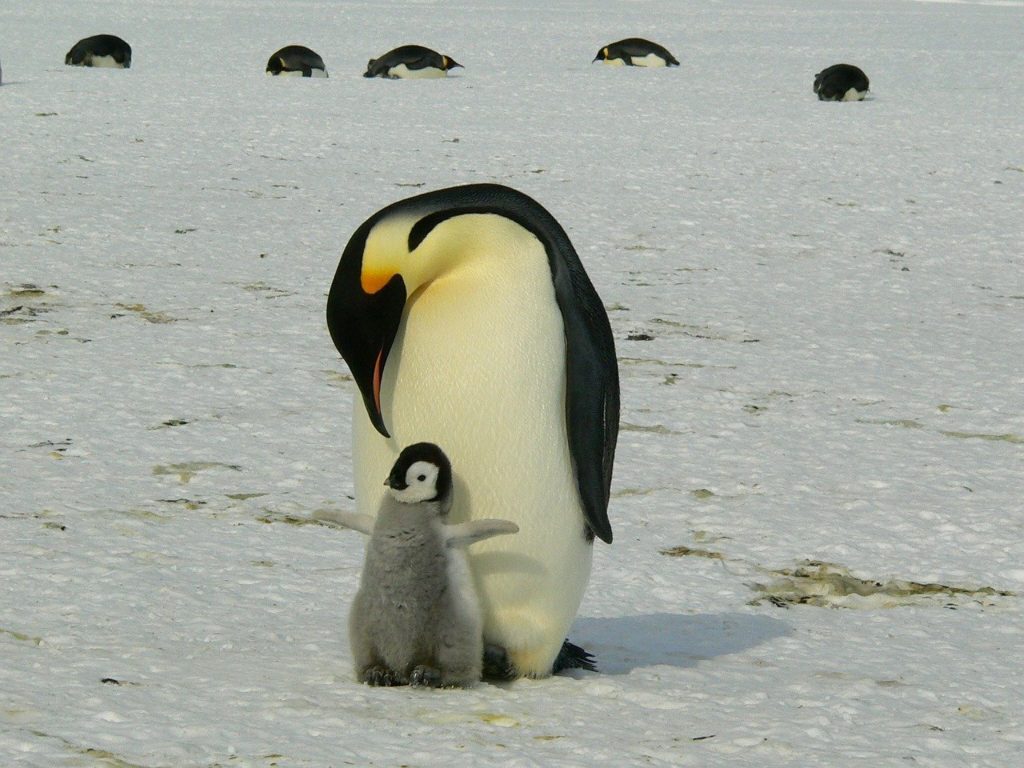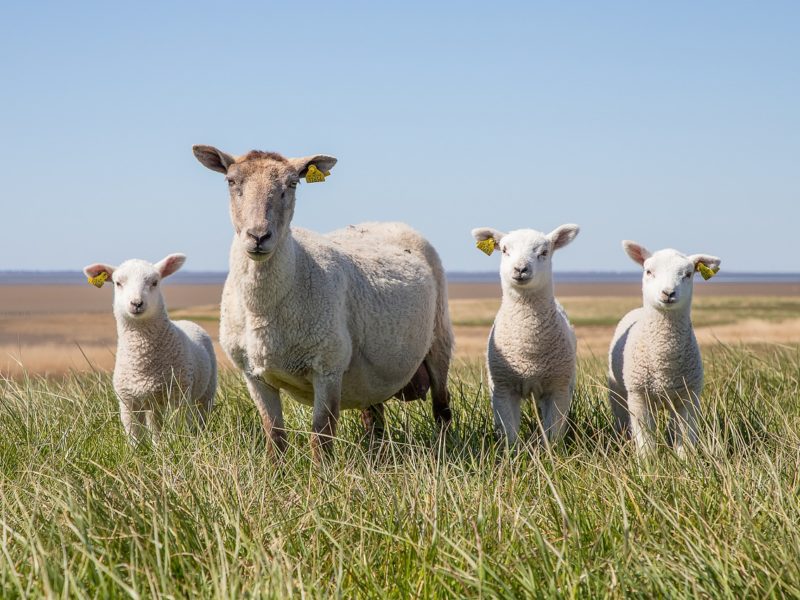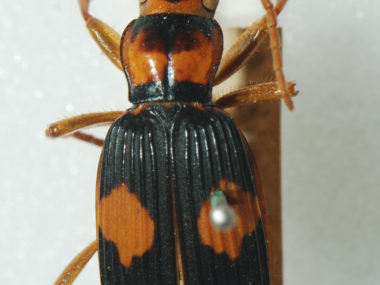The meaning of the word “kind” (מִין) has received much attention within young-earth creationist (YEC) groups since the time of Darwin, but the associated phrase “after its/their1 kind” (לְמִינֵ֗הוּ) has not. Consider Genesis 1:24 (ESV), “And God said, ‘Let the earth bring forth living creatures according to their kinds [or after their kind]—livestock and creeping things and beasts of the earth according to their kinds.’” Is this phrase “after its/their kind” associated with the idea of biological reproduction? Many YEC think so. Hodge and Purdom (2013), for example, say: “A plain reading of the text infers that plants and animals were created to reproduce within the boundaries of their kind.” Morris (1973) is more explicit: “Ten times in the first chapter of Genesis, it is said that God created plants and animals to reproduce ‘after their kinds.’” But is this the correct interpretation?
The following article has been reblogged with permission from Creation Unfolding. The views expressed reflect those of the author, and not necessarily those of New Creation.

A. Rahel Davidson Schafer, a YEC, and an assistant professor of Biblical Studies in the Department of Religion and Biblical Languages at Andrews University in Michigan, published an important paper tackling this very question (Schafer 2003). She concluded that the phrase “after its/their kind” should not be connected with the idea of biological reproduction, an idea with which I, and other YEC also agree (Wood 2003).
I think the most persuasive argument negating a reproductive link is the text itself. All modern versions, except for a few paraphrased editions, simply do not translate the Hebrew to reflect a reproductive connection. I must admit that until I looked into this myself, I just assumed that this biological connection was there, but it isn’t! Again, notice what Genesis 1:24 (ESV) actually says: “And God said, ‘Let the earth bring forth living creatures according to their kinds [or after their kind]—livestock and creeping things and beasts of the earth according to their kinds.’” Notice that the idea of biological reproduction is foreign to the text. Rather, it is an inference that the reader must impose on the text.
A straightforward reading of the text actually ties the phrase, “after its/their kind,” to the original creation of the organism(s) in question. Schafer says: “The earth receives God’s command to bring forth the living creatures in Gen. 1:24. The animals themselves are not commanded [to do so]…This seems to imply that the translation should be, ‘Let the earth bring forth the various kinds of living creatures’” (Schafer 2003, p. 90). She continues: “However, it is not reproduction that is involved with [‘kind’], but the original production” (emphasis Schafer’s; 2003 p. 91).

Schafer (2003) extends her argument to the use of “after its/their kind” in the book of Leviticus and Deuteronomy. This is because in these books, the idea of biological reproduction is completely absent. Schafer argues that a reproductive connection with “after its/their kind” must be absent in Genesis 1 since in Leviticus and Deuteronomy, the phrase incorporates taxonomically disparate groups of animals, and is not used for single species2. Since “after its/their kind” is not tied to species in Leviticus and Deuteronomy, it more than likely is not tied to species in Genesis 1, which should, therefore, forbid the reproductive interpretation.
So, what does “after its/their kind” mean in Genesis 1? According to Schafer, and I would agree, “According to this proposal, [‘kind’] refers to a ‘multiplicity’ of animals and denotes boundaries between basic kinds of animals, but is not linked directly to reproduction.” This would mean that in Genesis 1:24 (ESV), where God says, “Let the earth bring forth living creatures according to their kinds—livestock and creeping things and beasts of the earth according to their kinds,” what is meant is that the earth is to bring forth a multiplicity of “livestock kinds,” “creeping thing kinds,” and “beast kinds.” Of course, the next question is to determine how to break down “livestock kinds,” for example, into smaller groupings—a question that is still unanswered within young-earth creationism. Importantly, these “groupings” are obviously not meant to be “scientific.” They are “observational” and “non-technical,” and are, more than likely, only meant to differentiate groupings at some high (from a scientific perspective) taxonomic rank (if at all!?).
According to this proposal, [‘kind’] refers to a ‘multiplicity’ of animals and denotes boundaries between basic kinds of animals, but is not linked directly to reproduction.
In summary, this would mean that “kind” is a very fluid term that can change from context to context and from biblical author to biblical author. I think Schafer summarizes it well in her evaluation of the term from Leviticus: “I have tentatively concluded that the best hypothesis is that the chosen terms which precede [kind] each represented many species or genera of birds, and it was simply easier to group them all together rather than list each one” (Schafer 2003, p. 95).
This interpretation, of course, still accords with a thoroughly creationist perspective in that God clearly did “create” several groups of distinct animals and plants. Animals and plants did not “evolve” from a single common ancestor. But this interpretation does allow YEC to use evolutionary ideas where pertinent, as long as these ideas continue to accord with the distinct, supernatural creation of real groups of plants and animals during Creation Week.

References
Hodge, B., and Purdom, G. 2013. “What are ‘Kinds’ in Genesis?” Answers in Genesis, accessed 5/24/21 https://answersingenesis.org/creation-science/baraminology/what-are-kinds-in-genesis/
Morris, H. 1973. “Evolution and the Bible.” Acts and Facts no 53, accessed 5/24/21 https://www.icr.org/article/53/
Schafer, A.R.D. 2003. The “Kinds” of Genesis 1: What Is the Meaning of Min? Journal of the Adventist Theological Society. Available at: http://works.bepress.com/rahel_schafer/8/
Wood, T.C., and Murray, J.M. 2003. Understanding the pattern of life: origins and organization of the species. Nashville, Tennessee. Broadman and Holman Publishers.
Footnotes
- In the Hebrew, “kind” always occurs in the singular and must be translated “kinds” as the context demands. ↩︎
- At least when the species is unambiguously identified. ↩︎












First this yEC would insist being reproductive compatible is not evidence for or against being in the same kind. if bodyplans change enough then the genes likewise changed and this would mess up species that formerly were just one kind and species on creation week or on the ark etc.
To reproduce indeed after ones kind means just that. In fact even segregated species no longer able to reproduce ALSO would still be reproducing after their kind.
When using the YEC view one must start with the Creator. During creation week, we wouldn’t see reproduction in pure form. Not until after corruption and the fall do we actually have reproduction.
We can see evidence of kind degradation, yet same kind biology. Just like in us, homosapiens. That’s not evolution. Nothing has changed from one to something completely different. There is nothing new under the sun.
I agree with the author. Just throwing my too since out.
Thanks, Leah. Yes, I agree, it all began with the Creator.
ive been asking a few of these questions myself. I really like your approach. It seams to me that the more traditional interpretation forces too scientific of a meaning on an ancient word and culture.
Hi Ezra, thanks for sharing your thoughts!